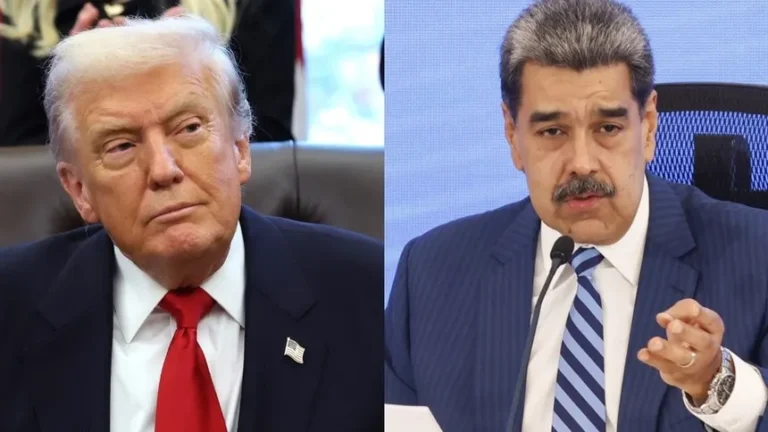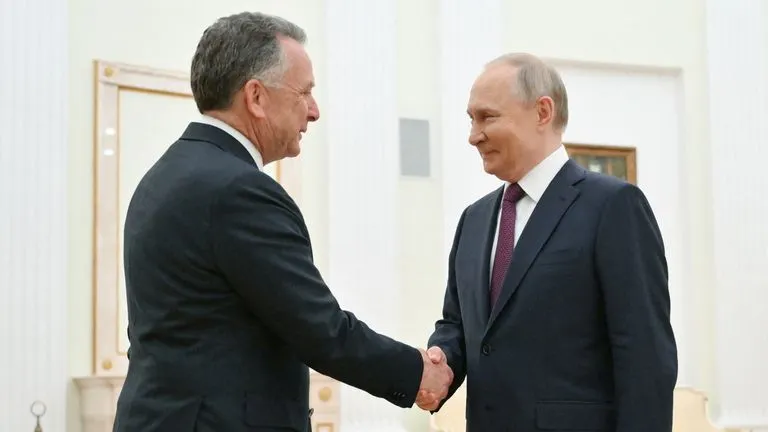
Preliminary U.S.–China Trade Deal Reached, Tariffs to Stay Elevated
The United States and China have reached a tentative framework aimed at reducing trade tensions, though U.S. tariffs on Chinese goods will remain at elevated levels, according to President Donald Trump.
The announcement follows two days of trade negotiations in London between top U.S. and Chinese officials. While both sides have acknowledged progress, full approval from President Trump and Chinese President Xi Jinping is still required.
Key Points from the Agreement
- Trump stated on Truth Social that China will deliver rare earth minerals and magnets “up front,” though specific terms were not detailed.
- He claimed the U.S. will retain 55% of tariffs on Chinese imports, while China will keep 10%.
- A White House official clarified that the 55% reflects cumulative tariffs, including a 30% increase added earlier this year on top of previous 25% duties.
Commerce Secretary Howard Lutnick, part of the U.S. negotiation team, confirmed that tariff levels are not expected to change significantly moving forward.
Rare Earth Minerals and Semiconductor Restrictions
The agreement addresses the flow of rare earth materials from China, which is the dominant global supplier. These materials are vital to industries such as electric vehicles and electronics.
The U.S. previously criticized China for releasing such materials too slowly under a prior agreement. National Economic Council Director Kevin Hassett noted this delay had created challenges for some American companies.
Additionally, the U.S. reaffirmed its export controls on advanced semiconductors and design software used for AI development, with Lutnick stating there would be no compromise on this issue.
Trade Deal Status: “Agreement in Principle”
- U.S. Trade Representative Jamieson Greer and Chinese negotiators described the London outcome as a “framework” or “agreement in principle,” meaning it is not yet formalized.
- No further meetings have been scheduled, and neither side has released the detailed terms of the deal.
Chinese Vice Premier He Lifeng emphasized the need for the U.S. to honor the agreement in good faith. In return, China has asked for clarity and cooperation in resolving trade disputes going forward.
Background and Ongoing Disputes
The London talks were organized to revive a truce initially reached in Geneva. That truce included commitments to reduce tariffs by 115% and ease export controls on critical materials.
However, disputes over implementation—especially related to visa restrictions, semiconductor exports, and technology access—led to new rounds of friction.
Other sticking points:
- China’s opposition to U.S. limits on high-tech student visas.
- Concerns over U.S. tariffs on aviation components, including jet engines.
- Boeing aircraft returns as protest measures by Chinese regulators.
Looking Ahead: Additional Trade Talks Possible
While officials suggest other trade agreements are in development, none beyond the U.K. framework deal have been formally announced. The U.K. agreement still requires further negotiation before becoming official.
A broader trade agreement with the European Union remains a distant goal. The E.U. is the U.S.’s largest trading partner, accounting for hundreds of billions in annual trade.




